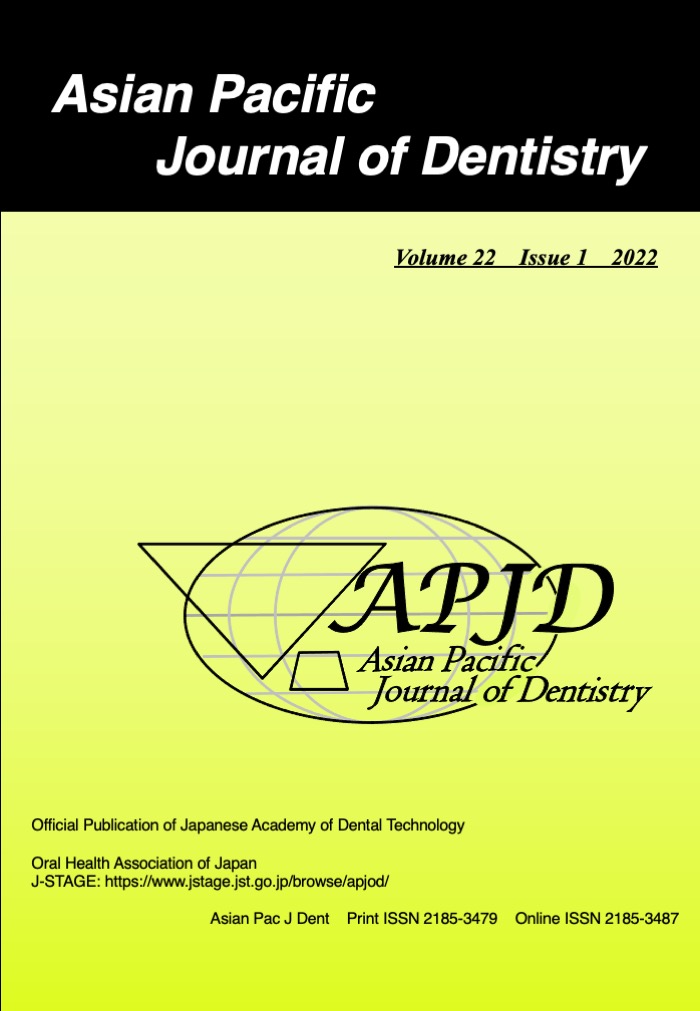Purpose: The recent development of enamel-colored translucent zirconia makes it a viable material to produce crowns. However, to achieve a sufficient surface roughness for bonding, alumina particle abrasion must be employed. In this study, the effects of particle abrasion on the surface roughness of zirconia and the effects of sample pretreatment on the bond strength between zirconia and a composite resin core were investigated and compared to optimize the surface treatment conditions.Methods: Zirconia specimens were abraded with alumina particles and bonded to trial composite resin cores using a dual-cure composite luting agent and either an alumina-zirconia adhesive primer and/or a porcelain primer. The particle abraded zirconia surface was observed via laser scanning microscopy, and the roughness was evaluated qualitatively.Results: The peak-to-valley roughness, arithmetic mean height, root mean square height, and skewness parameter values significantly increased after particle abrasion. The bond strength was greater when the adhesive primer was applied to the zirconia specimens, and when the porcelain primer and a self-etching primer were applied to the composite resin cores, compared with specimens prepared without primers. With a self-etching primer, however, the porcelain primer played no role in increasing the bond strength.Conclusion: The combination of particle abrasion and a suitable primer is recommended to improve the bond strength between zirconia and the composite resin core. Moreover, the chemical surface treatment with a self-etching primer was more effective for adhesion than the silane coupling of the composite resin fillers.
抄録全体を表示
